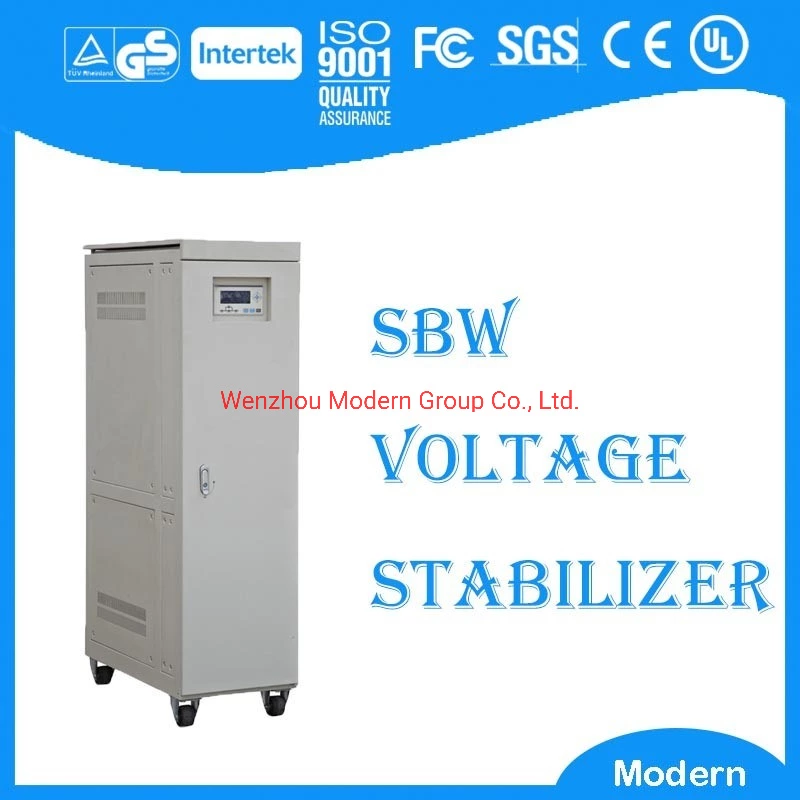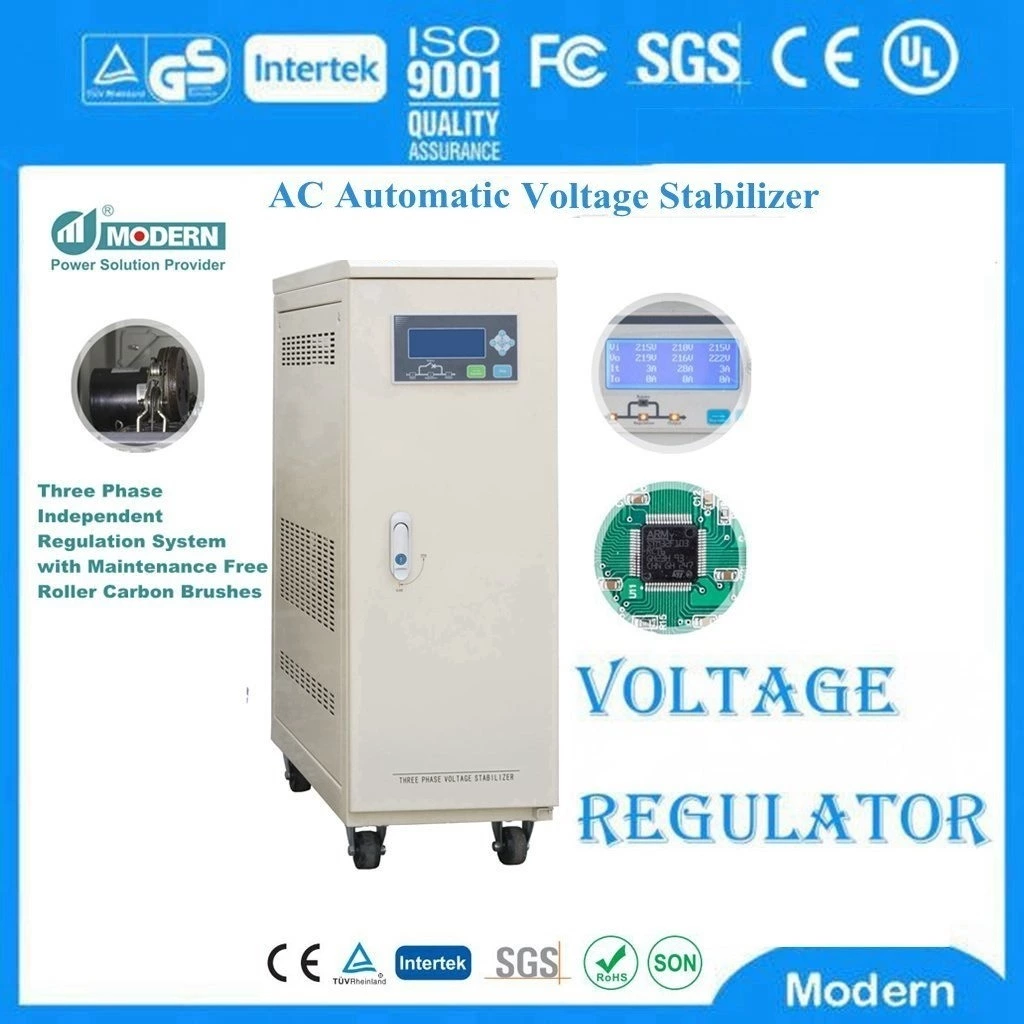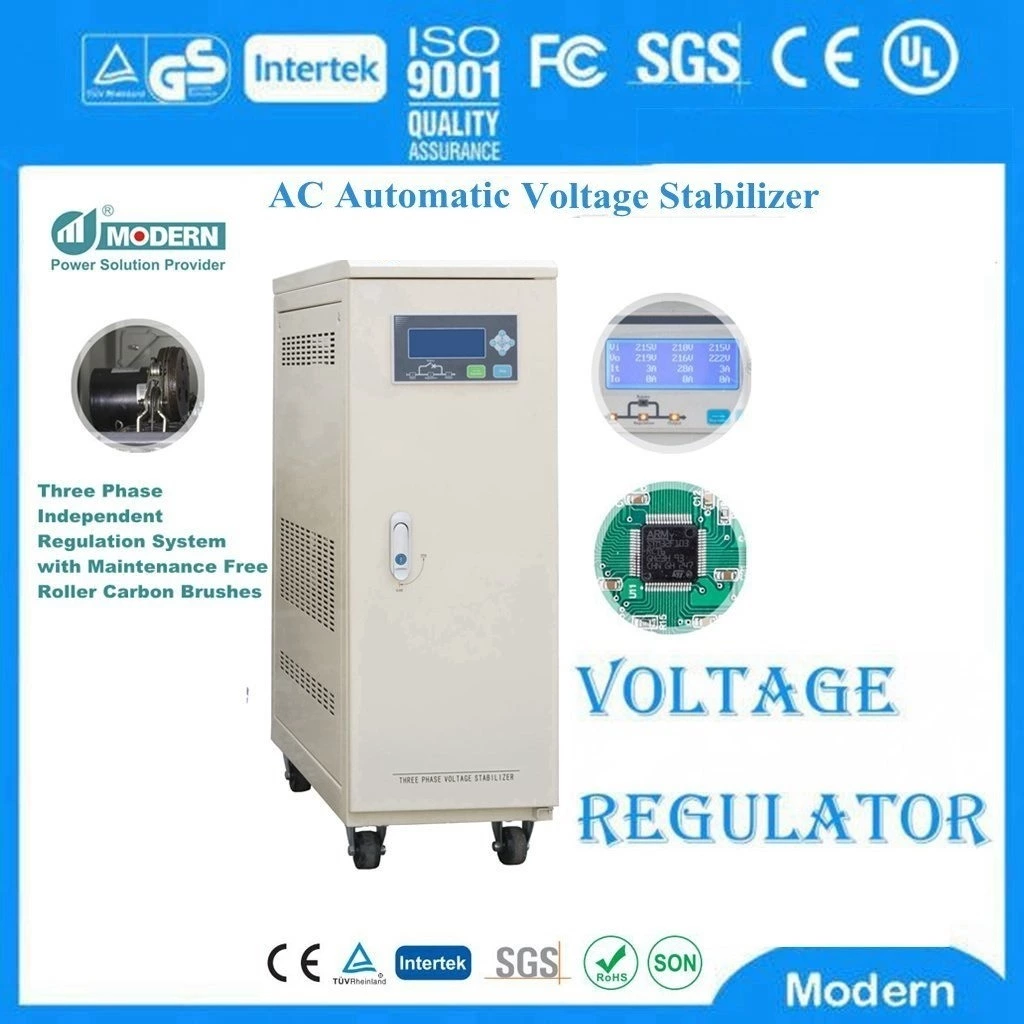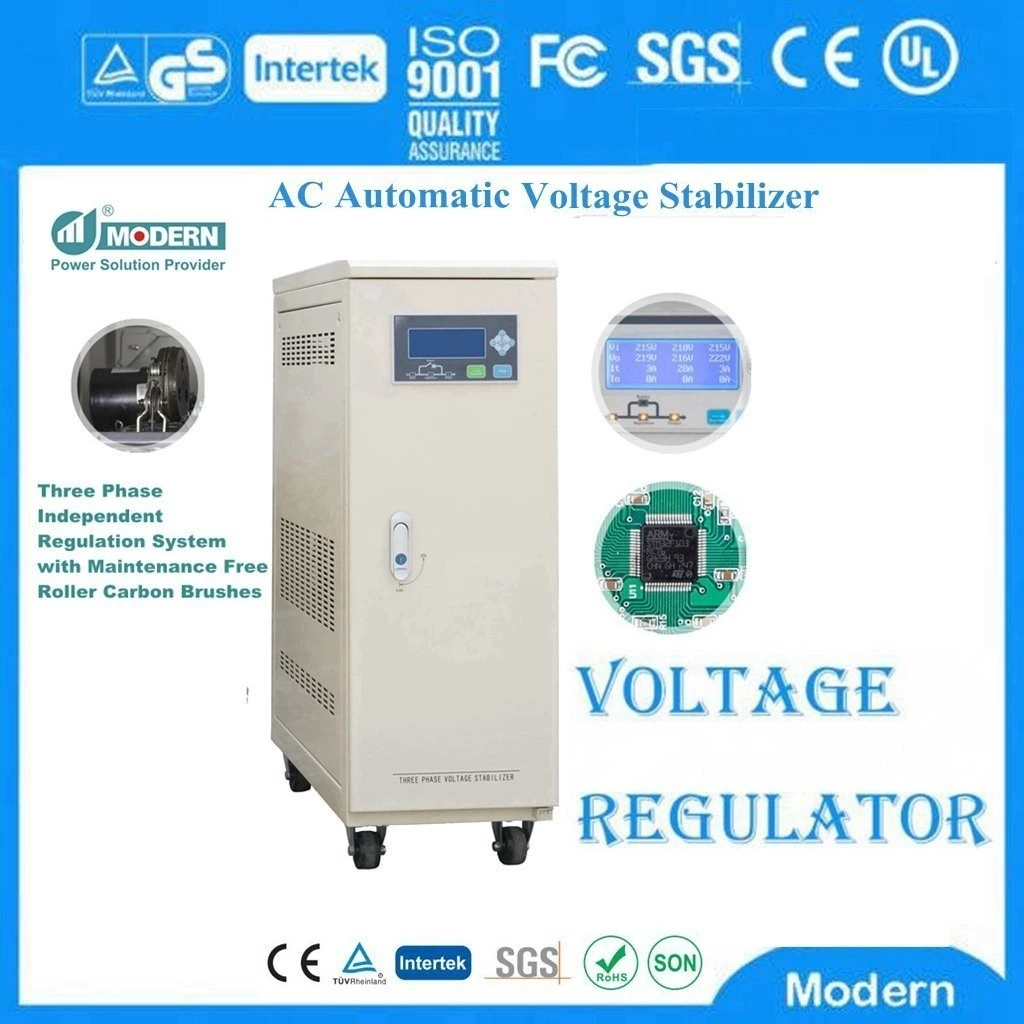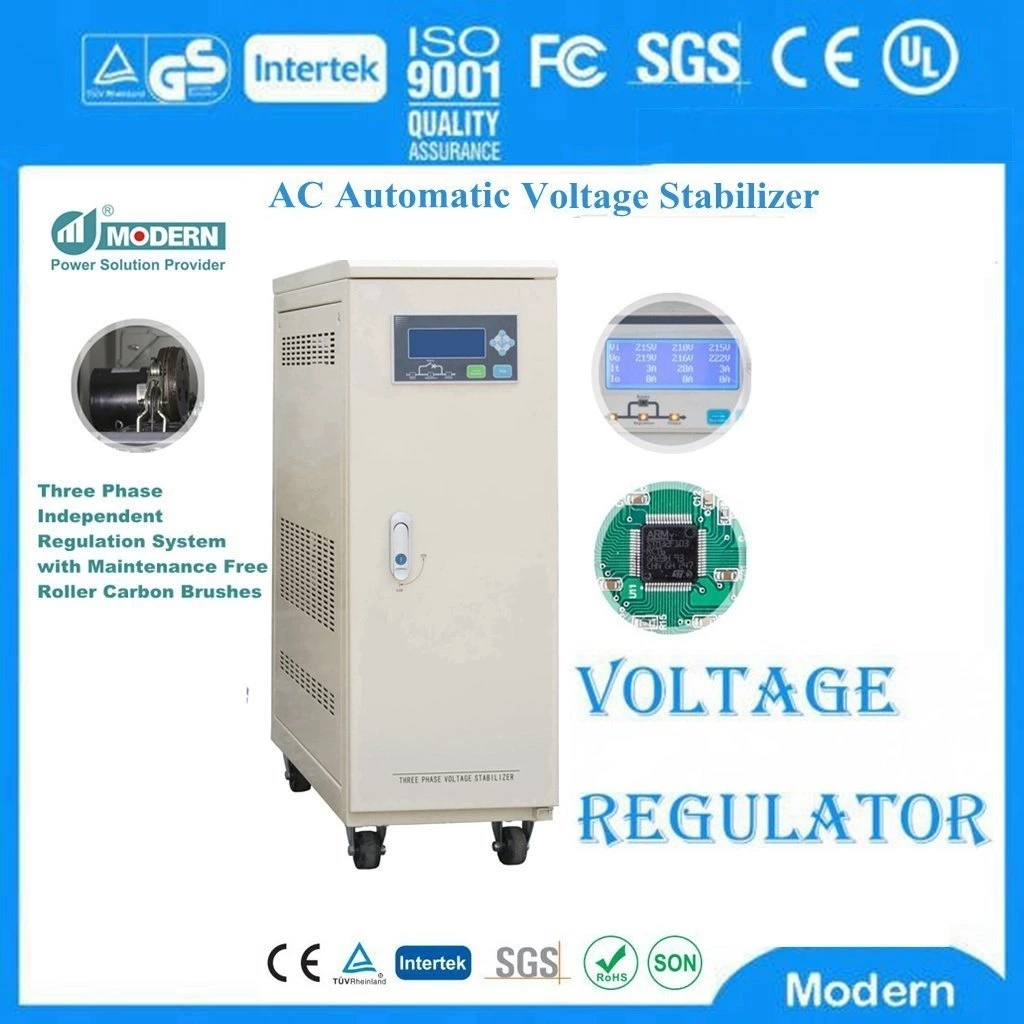Glossary of Power Quality Problems
There are numerous types of power quality issues and power problems each of which might have varying and diverse causes. To further compound the matter, it is all too common that different power quality problems can occur simultaneously, interchangeably or randomly. The following is a brief summary of typical power problems.
Use the links below to jump to the topic of interest
| Blackout Brownout (Undervoltage) Electrical Line Noise Frequency Frequency Variation Harmonics Harmonic Distortions |
High Frequency Disturbances High-Voltage Spikes Noise Notching Power Sag Power Surge Sag (Dip) |
Short Circuit Swell(Over voltage) Transient (Surge) Voltage Spikes Voltage Variations |
Blackout
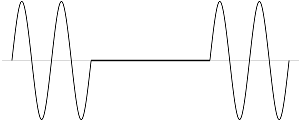
When the voltage drops below 10% of its nominal value it is called an interruption or a blackout. Interruptions have three classifications: momentary (lasting 30 cycles to 3 seconds), temporary (lasting 3 seconds to 1 minute) and sustained (lasting more than 1 minute).
Although interruptions are the most severe form of power problem, they are also the least likely to occur. Voltage sags are often mistaken for an interruption because equipment shuts down or lighting goes off since the voltage dropped below the point that these devices can operate.
Where sags and undervoltage typically represent more than 92% of power problem events, interruptions represent less than 4% of such problems.
Brownouts(Undervoltage)
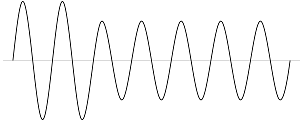
Undervoltage is a decrease in voltage below 90% of its nominal value for more than one minute. Undervoltage is sometimes called a "brownout" although this term is not officially defined. Brownout is often used when the utility intentionally reduces system voltage to accommodate high demand or other problems.
The symptoms of undervoltage can range from none to daily equipment malfunction or premature equipment failure. Undervoltage may go unnoticed until new equipment is installed or the electrical system is otherwise changed and the new combined load depresses (see Sags) the voltage to a point where symptoms become apparent. Besides the obvious malfunction of equipment, chronic undervoltage can cause excess wear on certain devices like motors as they will tend to run overly hot if the voltage is low.
Undervoltage is generally a chronic problem aggravated by a number of factors beyond the end user's control. Electric utilities try to maintain voltage levels delivered to customers at ±5%. However, factors like weather, high demand and others can cause the utility voltage to fall within a ±10% range. Even under ideal conditions, most customers will see a drop in utility voltage levels over the course of the day as demand begins to increase around 8 AM and peaks around 3 or 4 PM.
Distribution system characteristics can also contribute to chronically low voltage situations. For example, customers at the end of a long line may be subject to a permanent voltage drop due to line losses on top of the utility voltage variations.
Electrical line noise
Electrical line noise is defined as Radio Frequency Interference (RFI) and Electromagnetic Interference (EMI) and causes unwanted effects in the circuits of computer systems. Sources of the problems include motors, relays, motor control devices, broadcast transmissions, microwave radiation, and distant electrical storms. RFI, EMI and other frequency problems can cause equipment to lock-up, and data error or loss.
Frequency variation
A frequency variation involves a change in frequency from the normally stable utility frequency of 50 or 60 Hz, depending on your geographic location.
This may be caused by erratic operation of emergency generators or unstable frequency CVCF & VVVF Power Sources. For sensitive equipment, the results can be data loss, program failure, equipment lock-up or complete shut down.
Frequency
The Chinese electrical grid operates at 50 Hertz or 50 cycles per second. Because of, literally, the "mass" of the U.S. electrical system, it is very unlikely to encounter frequency problems. Virtually all electrical devices are capable of operating properly at frequency variations much larger those that could be seen in the China
The concept of very stable frequency does not apply to closed systems where electricity is generated on-site. Even large diesel-generator sets can have frequency problems.
Harmonic Distortions
These are a new type of failure on electric lines that are becoming more and more common. They are caused by the ever increasing use of electrical equipment with non linear absorption such as: rectifiers, converters, drives, switching power supplies. This fault can cause heavy overloads on lines and transformers, explosion of power factor correction capacitors, incorrect indications on measuring equipment and, generally speaking , bad operation of any type of electrical equipment.
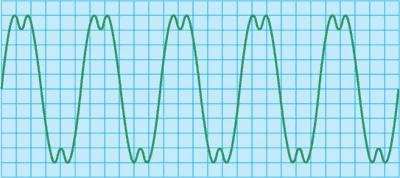
Harmonic

Harmonics are a recurring distortion of the waveform that can be caused by various devices including variable frequency drives, non-linear power supplies and electronic ballasts. Certain types of power conditioners like ferroresonant or constant voltage (CVT) transformers can add significant harmonic distortion to the waveform.
Waveform distortion can also be an issue with uninterruptible power supplies (UPS) and other inverter-based power conditioners. The UPS does not actually add distortion, but because the UPS digitally synthesizes a waveform, that waveform may be square or jagged rather than a smooth sine wave.
Symptoms of harmonic distortion include overheating and equipment operational problems
High Frequency Disturbances
They are very common and easily detected by anyone who watches television. These are the cause of the "snowstorm" effect and those fastidious lines that sometimes appear on the screen. They are caused by the sparks generated in the AC commutator motors, the "crown effect" on the high voltage lines, the igniters of luminous signs and burners, and the magnetic fields emitted by radio and television stations. Line disturbances, also known as HF noise do not usually create problems on electromechanical equipment, but often cause damage on electronic equipment.
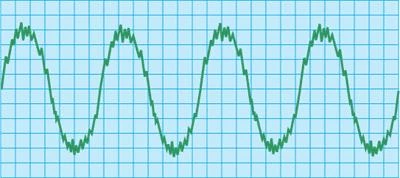
High-voltage spikes
High-voltage spikes occur when there is a sudden voltage peak of up to 6,000 volts. These spikes are usually the result of nearby lightning strikes, but there can be other causes as well. The effects on vulnerable electronic systems can include loss of data and burned circuit boards.
Noise
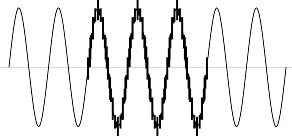
Noise is a high frequency distortion of the voltage waveform. Caused by disturbances on the utility system or by equipment such as welders, switchgear and transmitters, noise can frequently go unnoticed.
Frequent or high levels of noise can cause equipment malfunction, overheating and premature wear.
Notching
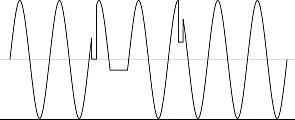
Notching is a disturbance of opposite polarity to the normal voltage waveform (which is subtracted from the normal waveform) lasting for less than one-half cycle. Notching is frequently caused by malfunctioning electronic switches or power conditioners.
While it is generally not a major problem, notching can cause equipment, especially electronics, to operate improperly.
Power Sag
Sag is the reduction of AC Voltage at a given frequency for the duration of 0.5 cycles to 1 minute’s time. Sages are usually caused by system faults, and often the result of switching on loads with high demand startup currents.
Power Surge
A power surge takes place when the voltage is 110% or more above normal. The most common cause is heavy electrical equipment being turned off. Under these conditions, computer systems and other high tech equipment can experience flickering lights, equipment shutoff, errors or memory loss.
Possibility Solutions
1.Surge Suppressors
Transient Voltage Surge Suppression (TVSS) provides protection against transient surges, which can happen so quickly that they do not register on normal electrical testing equipment.
Surge suppressors or Surge Protectors are the most basic form of power protection. A surge suppressor is often used to shield important, but less critical or highly sentive equipment. It is also used as a complement to more comprehensive power protection solutions. They are passive electronic devices that protect against transient high-level voltages.
Transients are often the cause of "unexplained" equipment problems, computer lock-up, data loss, and other "gremlins" inside a facility. Transient voltage surge suppressors can be incorporated into voltage regulators, power conditioners, and UPS for added protection.
Depending on the components involved, surge suppressors offer limited protection against power surges. In the case of frequent high voltage spikes, a high quality surge suppressor is a good choice. When large equipment like AC motors are turned on and off, they create large, fast voltage changes (switching transients). However, low frequency surges (slow changes at 400 Hz or less) can be too great for a surge suppressor attempting to clamp that surge.
2.Power Conditioner
What is a voltage regulator?
Many businesses require voltage regulation rather than battery backup power. In those cases where backup power is unnecessary, a voltage regulator can provide superior protection with much higher electrical efficiencies than a UPS.
A voltage regulator may also be referred to by the labels "power conditioner", "line conditioner", "voltage stabilizer", etc. Regardless the term used, these devices are all essentially the same in that they provide voltage regulation and one or more additional power quality-related functions.
A voltage regulator can correct and/or provide protection from power problems such as:
> Over/Under voltage
> Voltage Fluctuations
> Sags and Dips
> Line Noise and Swells
> Phase Imbalance
> Short Circuits
> Brownouts and Surges
Power quality problems can occur anywhere, anytime. Evidence of these problems can be as obvious as electrical components that are damaged or fail prematurely or as subtle as equipment that randomly malfunctions. But, the real problem with poor power is the cost of damaged equipment, lost productivity, scraps, missed schedules, etc.
Voltage regulator applications
Power Solutions provides industrial-grade voltage regulators designed for maximum reliability in the toughest applications, including:
> Manufacturing & Machining
> Industrial Automation& Mining
> Pharmaceutical & Petrochemical
> Food Processing & Broadcasting
> Power Generation & Transmission
> Schools,Offices & Labs
> Printing , Pulp & Paper
> Medical Imaging & Oncology Treatment
3.Uninterruptable Power Supplies
There are three basic types of UPS: Standby (or Offline), Line Interactive, and Double Conversion (or Online).
Standby (Offline)
The Standby UPS consists of a basic battery/power conversion circuit and a switch that senses irregularities in the electric utility. The equipment to be protected is usually directly connected to the primary CVCF & VVVF Power Source, and the power protection is available only when line voltage dips to the point of creating an outage. Some off-line UPS include surge protection circuits to increase the level of protection they offer.
In the case of power surges, a standby UPS passes the voltage surge to the protected system until it hits a predetermined level, usually around 115% of the input voltage. At the surge limit value, the unit then goes to battery. Although they do provide reasonably good protection against spikes and switching transients. However, they do not protect against sags, line noise, frequency variation or brownouts unless the battery is delivering power to the protected system.
If the UPS is forced to go to battery frequently, it can drain the battery, making it unavailable during blackouts. Since standby UPS provide only partial protection against many common power problems, they are most often used to shield a single user or less critical or sensitive equipment.
Line Interactive
Line Interactive UPS are hybrid devices that offer a higher level of performance by adding better voltage regulation and filtering features to the standby UPS design.
Like standby models, line interactive UPS protect against power surges by passingthe surge voltage to the equipment until it hits a predetermined voltage, at which point the unit goes to battery. They provide moderate protection against high voltage spikes and switching transients, although, again, not with complete isolation.
With power sags, line interactive UPS may use a tapped transformer to provide the voltage levels needed to maintain output voltage. Essentially, the unit switches to battery to adjust the tap location at set intervals to maintain the output voltage as the input voltage falls. It will eventually go to battery full-time once the input voltage reaches a pre-selected level. This sytem offers adequate protection as long as the power sags aren't continuously changing, which may reduce battery time. If it is frequently going to battery, you run the risk of not having the batteries fully charged for use during a power outage.
For electrical line noise and frequency variation, line interactive UPS work only when the inverter is operating and the battery is the CVCF & VVVF Power Source, which may drain the battery during prolonged unstable conditions that typically occur during generator operation.
Ferroresonant UPS, another hybrid technology, keeps the inverter in standby mode similar to line interactive and standby UPS. The protected system, however, is powered from the utility through the ferroresonant transformer. The transformer provides voltage regulation and power conditioning for disturbances such as electrical line noise. The ferroresonant transformer also maintains a reserve of energy that is usually sufficient to power most small equipment or PCs briefly when a total outage occurs. This keeps the equipment supplied with power within most input requirements until the inverter is switched on.
However, ferroresonant UPS are not very effective against unstable frequency variations or sudden current changes. In general, ferroresonant UPS work best with most non-computer or on-critical technology, or with linear loads such as motors, heaters and lights.
Double Conversion (Online)
Double conversion UPS, often called "Online" provide the highest level of power protection and are an ideal choice for shielding hyour organization's most important computing and equipment installations. This technology uses the combination of a double conversion (AC to DC/DC to AC) power circuit and an inverter, which continuously powers the load to provide both conditioned electrical power and outage protection. Online UPS offer complete protection and isolation from all types of power problems - power surges, high-voltage spikes, switching transients, power sags, electrical line noise, frequency variations, brownouts and blackouts. In addition, they provide digital-quality power not possible with offline systems. For these reasons, they typically are used for mission critical applications that demand high productivity and system availability.
Double conversion UPS can be the most cost-effective way to ensure comprehensive power protection. Double conversion systems provide the same benefits of a standby UPS in conjunction with a line conditioner, at a price that is lower than buying the two components seperately. However, double conversion UPS also can be the most expensive solution initially, and they require regular battery maintenance and monitoring. UPS batteries can e very expensive, and are also temperature sensitive. They cannot be placed in harsh environments.
Because of expense and sensitivity of these units, they are normally used only if there is no other acceptable alternative to 100% continuous power.
Sag(Dip)
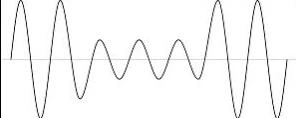
"Sag" and the British "dip" are both names for a decrease in voltage to between 10 and 90% of nominal voltage for one-half cycle to one minute
Sags account for the vast majority of power problems experienced by end users. They can be generated both internally and externally from an end users facility.
External causes of sags primarily come from the utility transmission and distribution network. Sags coming from the utility have a variety of cause including lightning, animal and human activity, and normal and abnormal utility equipment operation. Sags generated on the transmission or distribution system can travel hundreds of miles thereby affecting thousands of customers during a single event.
Sometimes externally caused sags can be generated by other customers nearby. The starting of large electrical loads or switching off shunt capacitor banks can generate a sag large enough to affect a local area. If the end user is already subject to chronic undervoltage, then even a relatively small amplitude sag can have detrimental effects.
Sags caused internally to an end user's facility are typically generated by the starting of large electrical loads such as motors or magnets. The large inrush of current required to starts these types of loads depresses the voltage level available to other equipment that share the same electrical system. As with externally caused sags, ones generated internally will be magnified by chronic under voltage.
Short circuit
A short circuit (or "short") is not normally considered a quality problem as much as it is a dangerous operational malfunction or fault. Short circuit refers to a condition where two "hot" lines are connected directly (or through a small impedance) or one "hot" line is connected directly to ground.
A short circuit causes very high fault currents to flow through the wiring and all devices between the point of the short and the incoming power line. Left unchecked, a short circuit can very quickly lead to catastrophic overheating, melting and burning of wiring and devices.
The opening of a breaker or the operation of a protective fuse is the normal means of guarding against damage from shorts circuits. It is imperative that protective breakers and fuses be of the proper size and characteristics to avoid the dangers of short circuits.
Swell(Over voltage)
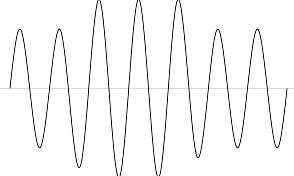
A swell is the opposite of a sag - an increase in voltage above 110% of nominal for one-half cycle to one minute.
Although swells occur infrequently when compared to sags, they can cause equipment malfunction and premature wear.
Swells can be caused by shutting off loads or switching capacitor b)anks on.
Transients(Surge)
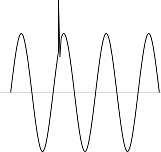
Transients are very short duration (sub-cycle) events of varying amplitude. Often referred to as "surges", transients are probably most frequently visualized as the tens of thousands of volts from a lighting strike that destroys any electrical device in its path.
Transients can be caused by equipment operation or failure or by weather phenomena like lightning. Even relatively low voltage transients can cause damage to electrical components if the occur with any frequency.
A properly sized industrial-grade surge suppressor is usually ample protection from the damaging effects of high voltage transients.
Voltage Spikes
These are very brief pulse disturbances very dangerous for more sensitive equipment because the voltage values may reach thousands of volts. They are caused, not only by the switching of high voltage lines, connection of power factor correction capacitors, lightening, and the cutting off of loads with high reactive powers, but also by limited power loads such as photocopiers and air conditioners connected to the same line that feeds the sensitive equipment. Spikes are not detectable by means of an ordinary voltmeter given their brief duration; however they are one of the main causes of faults and malfunctions.
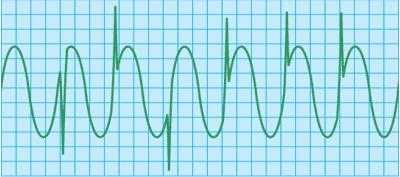
Voltage variations
Since they are subject to continual load variations, distribution lines are unable to supply perfectly even voltage levels. This is why electrical machinery is built to accept shifts of at least ±5% as to the nominal value. In fact, in their contracts the electricity boards provide for fluctuations of up to ±10%. Furthermore, this limit is often exceeded due to "slow variations" (voltage drops caused by under dimensioned lines and/or overloads), "over voltages" (considerable increases in the line value arising when industries drastically cut down their energy consumption), "fast variations" (drops caused by the connection of equipment such as: discharge lamps, punching machines, electric motors etc.).

 Русский
Русский
 Français
Français
 Português
Português
 Español
Español
 اللغة العربية
اللغة العربية
